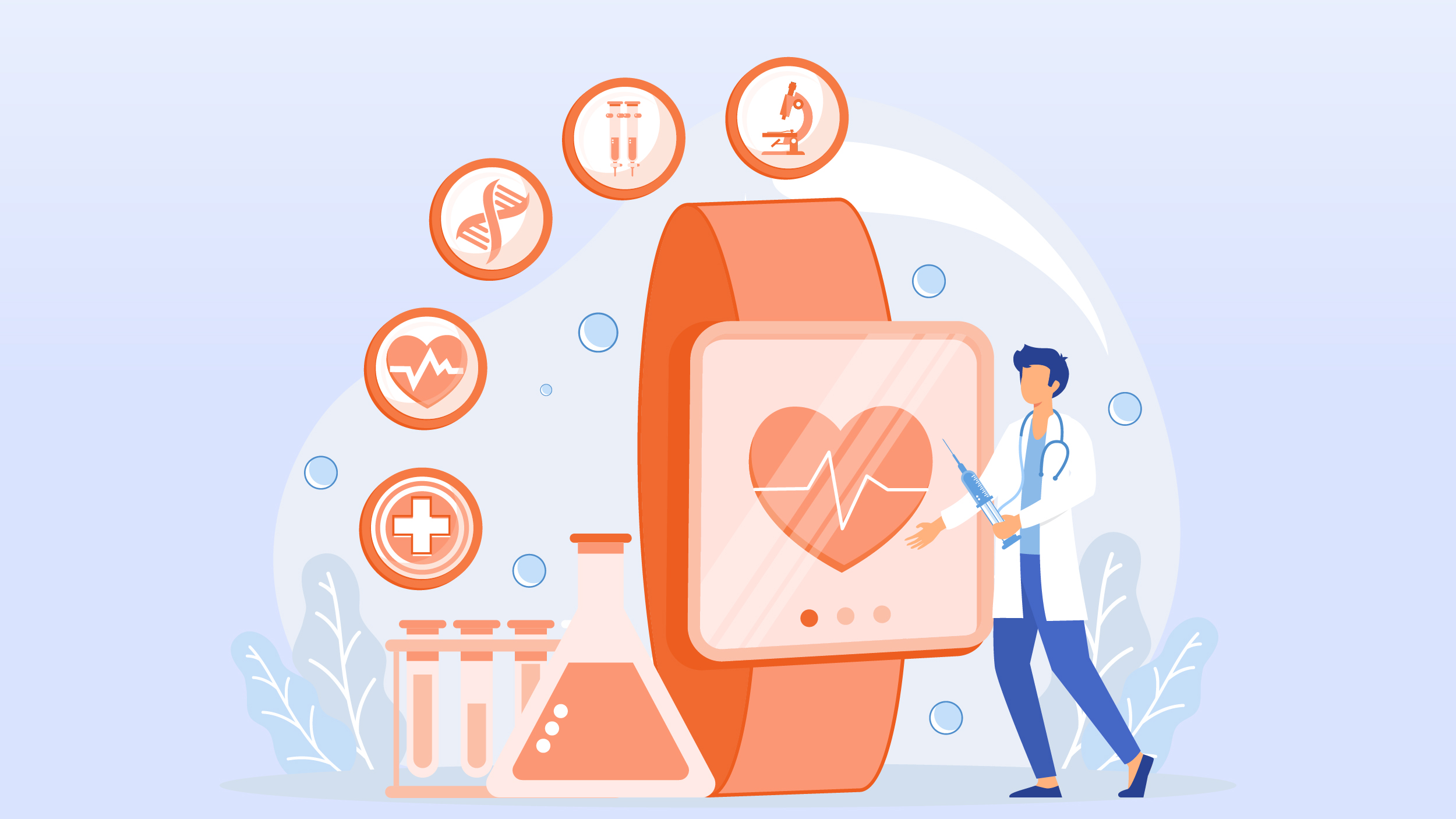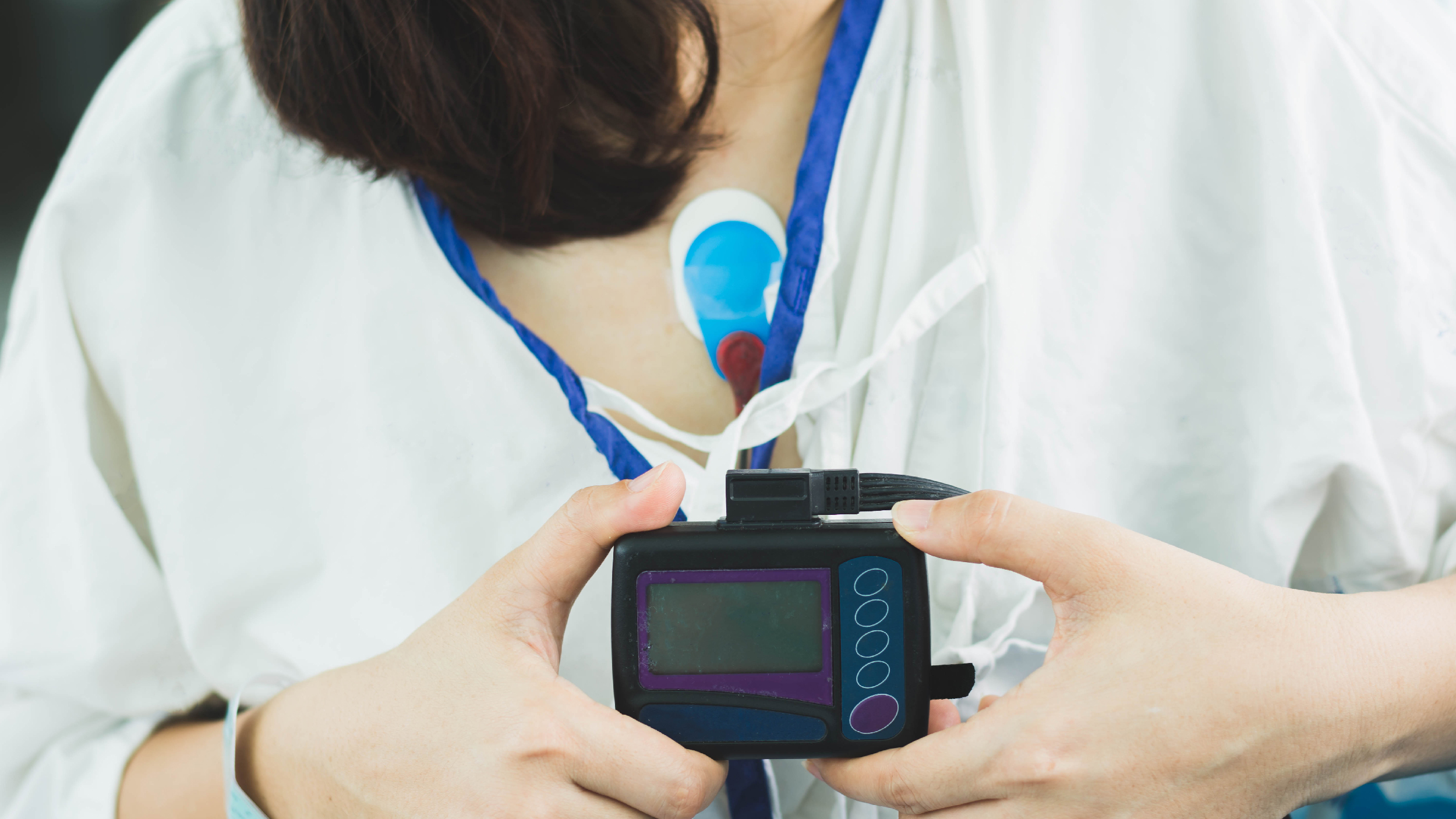The pandemic has had quite an impact on the whole economy, and the medical device industry is no exception. As a result, more and more businesses have embraced digital transformation, and the healthcare industry has witnessed a massive shift in this area.
Devices like FitBits and smartwatches are now considered commonplace since wearable medical devices have made such a name for themselves in the healthcare sector. Due to customers’ growing interest in tracking their own health and vital signs, the use of wearable technology has risen by over threefold in the past four years.
In the last two years, the use of medical devices has increased tremendously. Medical monitoring devices have more patient-centric benefits as they are focused on achieving improved treatment outcomes, accuracy, reduced recovery time, adherence, and lower adverse effects. Some of the examples of wearable technology in healthcare are wearable fitness trackers, smart health watches, wearable ECG monitors, wearable blood pressure monitors, and many more.
How Does Wearable Technology Affect Healthcare?
Electronic devices that are made to be worn on the body to track and monitor various health factors are known as wearable medical devices. These gadgets are capable of a wide range of tasks, including monitoring vital signs like blood pressure, glucose levels, heart rate, and others, as well as tracking health indicators like activity levels, sleep cycles, and other health metrics.

Wearable healthcare technology can be used for a number of things, such as tracking general fitness and managing diseases. Fitness trackers, smart watches, wearable ECG monitors, continuous glucose metres, and blood pressure monitors are a few examples of wearable medical equipment. They are becoming more and more popular as a tool to continuously monitor health outside of a clinical setting. According to research by Accenture, 90% of US customers who have used wearable technology like Fitbit think that these gadgets can enhance their general quality of life.
Wearable healthcare technology is all set to revolutionize the medical device industry in 2023 and the future.
Top 4 Trends In Wearable Healthcare Technology
The trends for 2023 will remain the same, with more innovative wearable products expected to be released and authorized for usage at healthcare facilities and throughout the industry. However, it’s likely that the emphasis will change from merely collecting and sending data to the cloud to correctly analyzing the metrics locally for a quick and adequately precise first diagnosis.
Below are the top 4 trends in wearable medical devices.
Smartwatch – Fitness Watch
A smartwatch is a multifunctional device connected to the user’s smartphone. It allows a user to perform normal tasks that they usually perform on their smartphones and also provides health-tracking benefits. With a smartwatch, users can not only read notifications or make phone calls but also enjoy the exercise- and health-tracking benefits of fitness trackers.
The fact that consumers are more inclined to experience smartphone-like features on a watch is the biggest contributor to the increased use of smartwatches. However, other factors such as health and fitness information accessibility, technological improvements, and modular aesthetics are also responsible for the uptake and adoption of smartwatches. Fitness watches have been a major contributor to wearable healthcare technology since it was invented.
Wearable ECG and Blood Pressure Monitors
Wearable ECG and blood pressure monitors are similar to smartwatches, but their features and purposes are completely different. Both wearable ECG and blood pressure monitors are on the cutting edge of consumer electronics.

The wearable ECG monitors can measure electrocardiograms (ECG) and send the reading to the consumer’s doctor. On the other hand, a wearable blood pressure monitor can measure blood pressure as well as daily activities like the number of steps walked, distance travelled, and calories burned. After fitness bands, devices used for monitoring the patient’s ECG and blood pressure are the best examples of wearable technology in healthcare.
Biosensors
Biosensors are one of the most promising wearable medical devices. These are quite different from regular wrist trackers and smartwatches. Biosensors are made for screening infectious diseases for their early detection, treating chronic diseases, managing health, and keeping tabs on the overall well-being of the user.
Biosensor technology can detect diseases and track how a patient’s body is responding to care. The demand for biosensor applications in the medical diagnostic field involves drug discovery, cholesterol monitoring, pregnancy testing, etc. Wearable biosensors hold promising growth in the near future.
Skin Patches
As the world embraces digital transformation on a huge scale, the technological capabilities of devices have improved immensely. Wearable medical alert devices that were once simple and had limited capabilities are now more evolved and can perform more complex functions. Today’s wearable healthcare technology can perform complex tasks while being thin and flexible at the same time. This highlights the emergence of skin adhesive patches and their increased popularity.
Skin patches are wearable products that are attached to the skin. Skin patches are used for routine medical purposes. There are sensors, actuators, and processors that allow a skin patch to be connected and “smart”. The use of skin adhesive patches is broadening, and they are being actively incorporated into smart technologies that connect to IoT devices.
The pandemic and its effects continue to hinder the growth of the medical device industry. However, the increased adoption of these wearable healthcare technology trends in 2023 is helping the medical device industry sustain and stay competitive in the long run.
Conclusion
The development of medical wearable devices is still progressing quickly. This burgeoning category of healthcare products, which includes ubiquitous smartwatches and wristbands, intelligent implants, connected patches, connected medicine dispensers, smart rings, in-hospital monitoring solutions, and numerous other types of wearable products, is quickly changing the industry by providing diagnostic tools directly to the patient.
Although there is fierce competition in the market, there are still several niches and product categories where newcomers can prosper by creating entirely original products or elevating established product concepts. Today’s medical startup companies stand a very good chance of succeeding if their ideas and goals are supported by either their own technological skills or alliances with reliable hardware and software development companies.
Furthermore, by offering fresh and cutting-edge ways to monitor and enhance patient health, the wearable medical device market has the potential to revolutionize healthcare. They make it possible to continuously track vital signs, disease symptoms, and drug adherence. Because they offer real-time feedback and individualized care, wearable technologies can improve the diagnosis, treatment, and recovery processes. In general, wearable technology has the promise of enhancing patient outcomes and fostering a more patient-centred approach to healthcare. To fully realize the promise of wearable medical devices in healthcare, more study and development are necessary.




